📍 As summer finally loosens its grip, I find myself returning to a thought that’s been swirling in my mind for quite some time.
It’s about the strange, almost mystical parallels between summer’s blazing drama, Weak Hero and autumn’s emotionally charged D.P.
If you’re here because you fell hard for D.P., I have a sneaking suspicion you’ve probably already devoured Weak Hero, too. Or perhaps it’s the other way around.
There’s definitely something that resonates between these two works. What follows is my deeply personal interpretation of these dramas, so please take it as one fan’s perspective rather than a definitive analysis.
From Boyhood to Manhood: Two Protagonists on the Threshold
What truly fascinates me is the emotional blueprint shared by our two protagonists, Junho and Si-eun.
Junho exists in that awkward, unstable liminal space between boyhood and manhood.
This is exactly what Director Han described as the “seasonal transition” that originally inspired him—the strangeness of a country handing a gun to a kid who’s barely figured out how to be an adult and telling him to protect the nation.
Junho isn’t ready and can’t afford to be, yet he’s suddenly thrown into this ironclad system where losing hope for tomorrow isn’t an option.
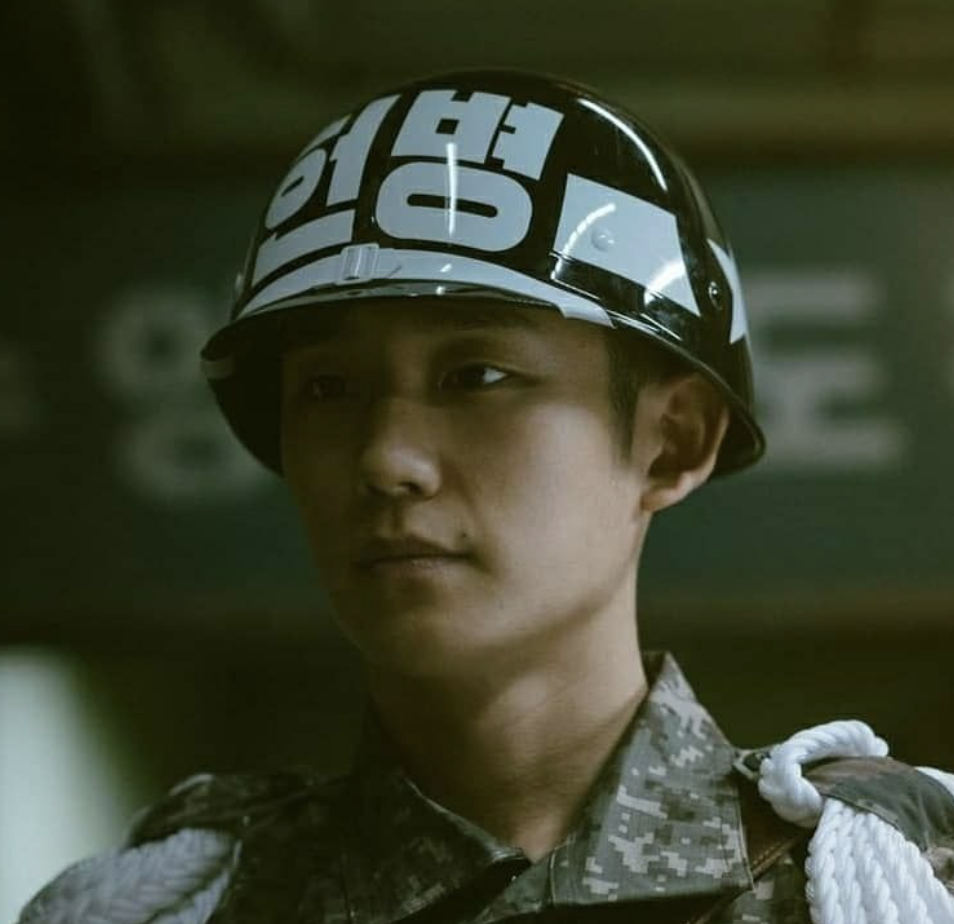
When I watched D.P., this is exactly how I saw Junho. His body had grown up, but his face still held all the uncertainty and fear that belongs to someone crossing that threshold into adulthood.
And what about Si-eun? 🔗 He, too, is grinding through his own brutal growing pains within the collective system of school.
He probably spent most of his school years being labelled as “off-putting” by classmates, isolated and othered.
But when he finally reaches that doorway to adulthood, Su-ho awakens just in time to greet him with, “(You’ve grown up well.) It’s good to see.”
Both directors—Director Yoo and Director Han—understand a crucial truth: you can’t surface real stories without touching society’s pressure points.
Si-eun’s mental health struggles and Junho’s confrontation with military absurdity and systematic cover-ups aren’t exactly light topics that Korean media handles casually.
But both directors went there anyway, because they’re artists who know that you can’t speak truth without touching society’s pain.
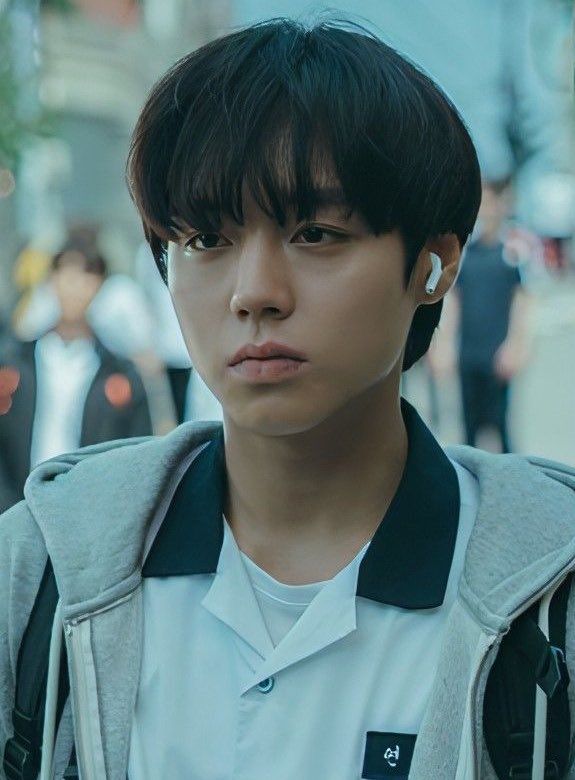
Gray Cardigans and Windbreakers: Colors That Tell Stories
With protagonists carrying such weighty narratives—trauma that would break most people, trials that force premature maturity—these stories needed what I call “cushioning devices”.
Enter the gorgeous faces of Park Ji-hoon and Jung Hae-in. These aren’t just pretty faces; they’re visual mercy for audiences processing some seriously heavy emotional content.
But it goes deeper than casting beautiful actors. Both stories use costume design to communicate what dialogue alone couldn’t capture.
Si-eun and Junho both sport gray cardigans as their signature look, and there’s a profound reason for this. Gray itself represents their situation perfectly—neither black nor white, but something uncertain, suspended in that ambiguous space between extremes.
Think about Junho: his inflexible moral compass makes him a target for jealous superiors in the military hierarchy.
Si-eun carries the weight of neglectful family and school violence.
One bears the lasting trauma of what I call “that incident in the tunnel,” while the other endures persistent loneliness and alienation.
And this is precisely where those irresistibly charming older brother figures appear—the ones we can’t help but fall in love with. They all show up wearing windbreakers: colourful, practical, warm.
Picture these wise Yoda-like figures adding vibrancy beside their protagonists’ sombre gray cardigans, bringing laughter and stability to boys stumbling toward adulthood.
This kind of visual storytelling through colour contrast is absolutely exquisite.
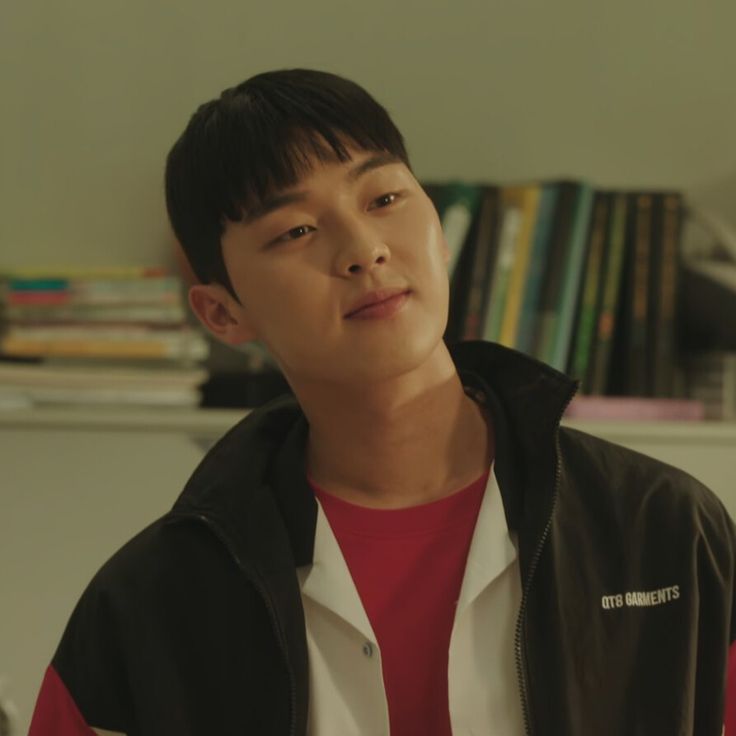
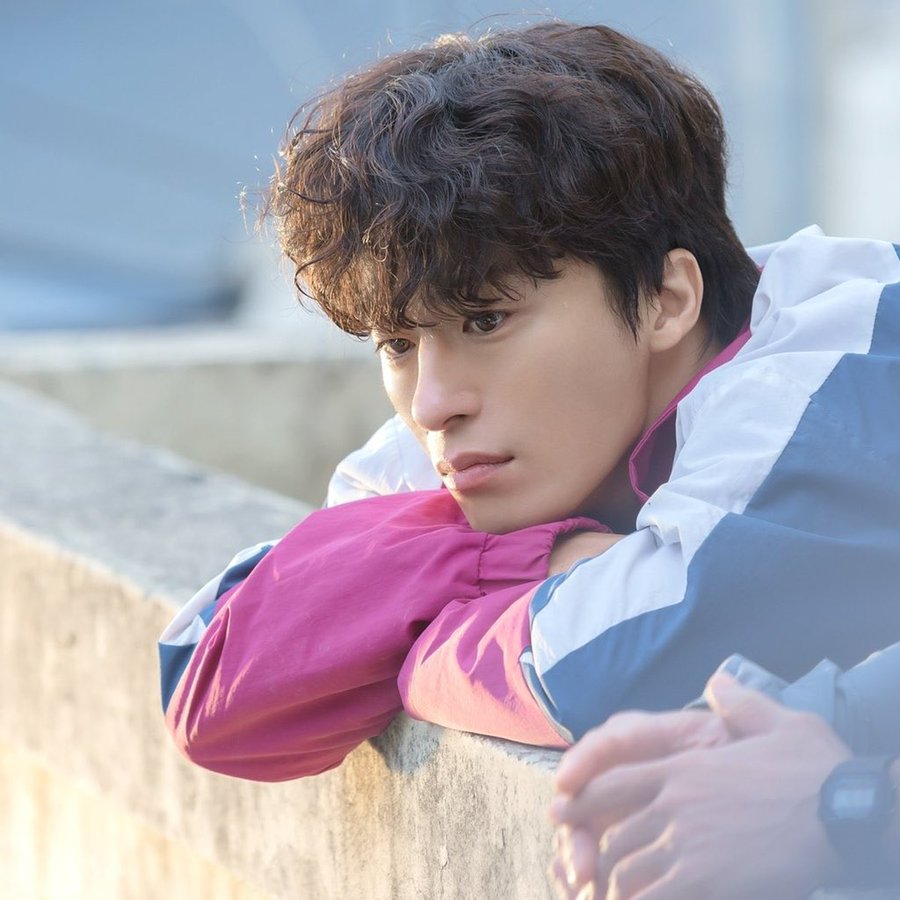
Han Ho-yeol: A Guardian Angel Between Reality and Fantasy
Now I want to delve deeper into the character of Han Ho-yeol.
Did you know that actor Koo Kyo-hwan himself described Ho-yeol as Junho’s “Tinkerbell”? I couldn’t think of a more perfect description.
Ho-yeol materialises whenever Junho’s in crisis with an almost supernatural timing, like a guardian angel.
While Director Yoo said Su-ho exists purely for Si-eun’s sake, Ho-yeol serves as what classic literature calls the “helper archetype.”
He appears whenever our morally rigid Junho stumbles into trouble, providing exactly the flexible wisdom and wit that Junho lacks, lighting up dark moments like his own personal fairy godmother.
But here’s where my interpretation gets a bit unconventional. I believe Ho-yeol was Junho’s psychological construct all along.
Think about it: after “that tremendous incident,” Ho-yeol goes on extended medical leave. During those brutal barracks nights, exhausted and traumatized Junho starts seeing familiar visions of Ho-yeol teasing him—and I believe those scenes show us the reality.
For someone trying to survive military service with his sanity intact, creating the fantasy figure of Ho-yeol wasn’t just coping—it was survival.
In a system where absurdity gets sealed away in closed cabinets, a morally upright young man like Junho needed to imagine someone with the flexibility and wit he lacked.
Ho-yeol became his psychological lifeline, his mental windbreaker against harsh reality.
This interpretation makes the symbolism even more poignant.
After “the tunnel incident,” we see Ho-yeol’s symbolic windbreaker—his entire essence—reduced to a lonely piece of clothing stuffed carelessly in a paper bag beside the barracks lockers.
It’s as if we’re witnessing the physical manifestation of a psychological coping mechanism being packed away.
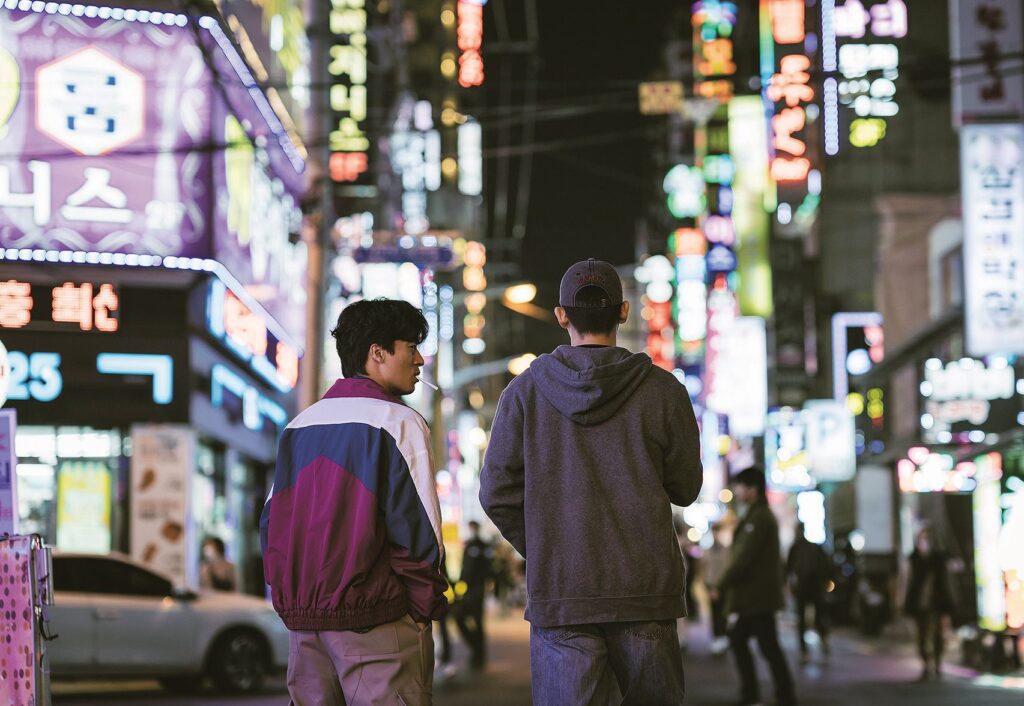
Different Endings: The Returned Guardian and the Vanished Protector
Here’s where the two stories diverge beautifully.
Weak Hero returns Su-ho to Si-eun. Director Yoo called this his “apology gift” because he felt too sorry for what he’d put Si-eun through.
That kid had to bear the weight of Su-ho’s lost, most brilliant youth without any preparation. Since Si-eun’s still a minor, he may deserve the mercy of getting his older brother back.
But D.P.‘s Ho-yeol vanishes like smoke at that bus terminal after giving everything he had as an older brother figure.
Watching Ho-yeol disappear from the screen felt like a confirmation that Ho-yeol was ultimately Junho’s psychological windbreaker against harsh reality.
There’s a crucial moment at that bus terminal when Junho calls Ho-yeol “hyung” (older brother) instead of the formal military titles he’d used before.
This linguistic shift—which gets lost in international subtitles that simply say “Ho-yeol”—isn’t just about Ho-yeol’s discharge.
It’s about psychological intimacy, brotherly love that transcends rank and hierarchy. In Korean culture, calling someone “hyung” represents a deep personal connection that goes beyond formal relationships.
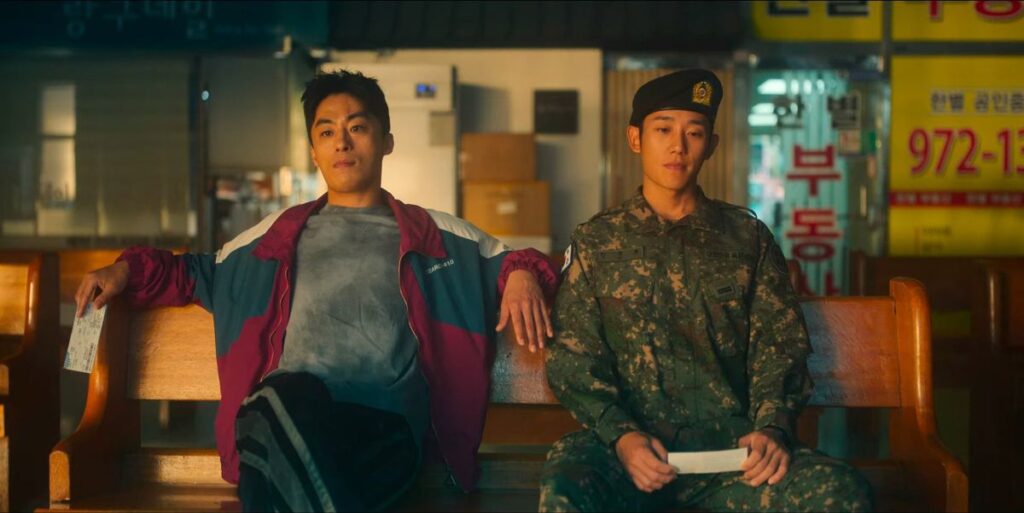
Instead of returning the guardian, D.P. gives Junho Seok-bong’s awakening.
Just as Su-ho returns to Si-eun as “reality,” Seok-bong appears before Junho bearing visible scars from those cruel memories—proof of survival, resilience, and the possibility of tomorrow despite systemic brutality.
He was probably D.P.‘s “discharge gift” to a young man who had finally grown enough to face reality without fantasy buffers.
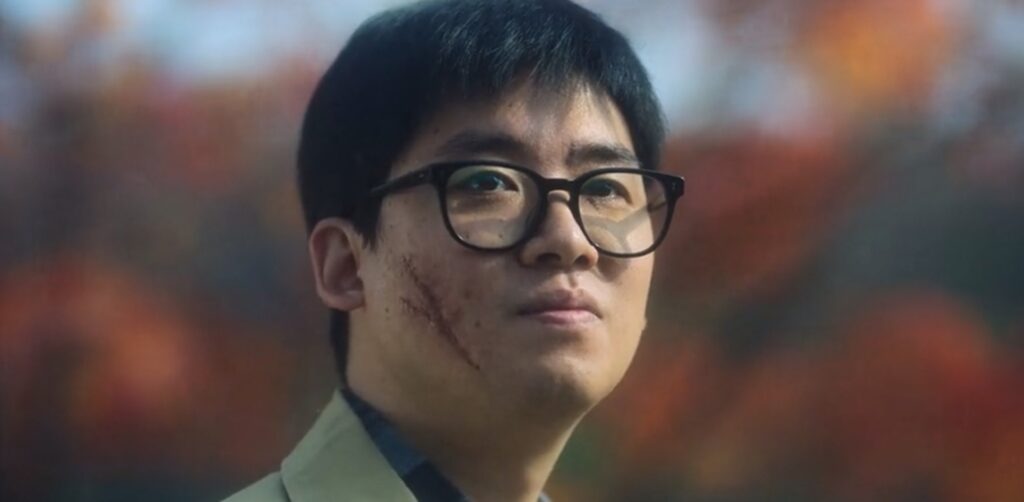
🔗 Weak Hero gives Si-eun his guardian back.
D.P. gives Junho the strength to face reality without guardians.
Both stories understand that growing up means loss, but they also whisper the same beautiful truth: even in systems designed to break you, tomorrow is still possible.
Whether through returned mentors or hard-won resilience, both our broken boys find their way to hope.
And perhaps that’s the most precious message these two works want to share with us—that healing and continuity are possible, even when the world seems determined to prove otherwise.
📍 It speaks for thousands of kids who walk a line between brilliance and collapse. Weak Hero isn’t just an action drama — it’s a cautionary tale.
And a call to listen before it’s too late – from my dear subscriber Elaine. If you want to dive deeper into our months-long analysis of Si-eun’s mental health struggles—developed through extensive discussions with my subscribers—[click here]
Join the Ongoing Discussion
I’ve been archiving these conversations on my Twitter account @jennieleepod because they deserve to be preserved.
These discussions about headcanons, character interpretation, and the role of fan creation in storytelling are exactly what make fandom communities so valuable.

Beyond Subtitles: Master Korean Drama Nuances
Want to catch the cultural and linguistic subtext that shapes these social dynamics?
I post weekly about Korean cultural details that completely change how you understand K-dramas, including the class systems and social barriers that these characters navigate.
⛔️ Copyright Disclaimer: All drama footage, images, and references belong to their respective copyright holders including streaming platforms and original creators. Materials are used minimally for educational criticism and analysis with no intention of copyright infringement.
🚫 Privacy Policy: This site follows standard web policies and does not directly collect personal information beyond basic analytics for content improvement. We use cookies to enhance user experience and may display advertisements.
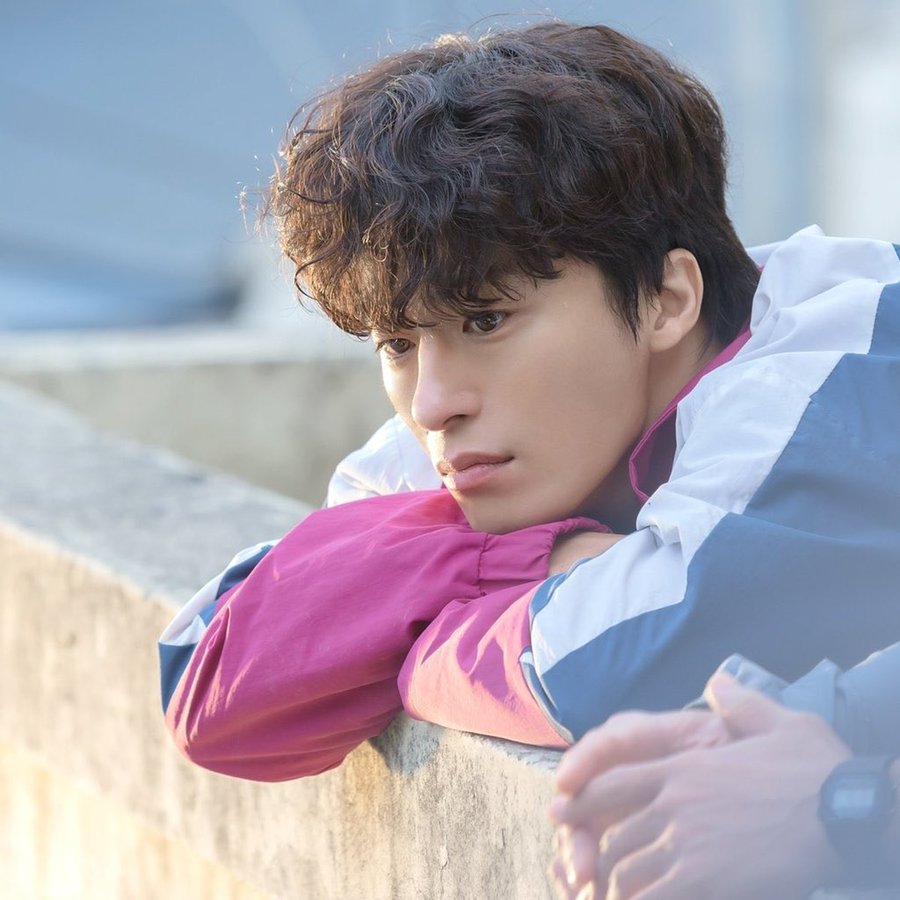
Leave a Reply